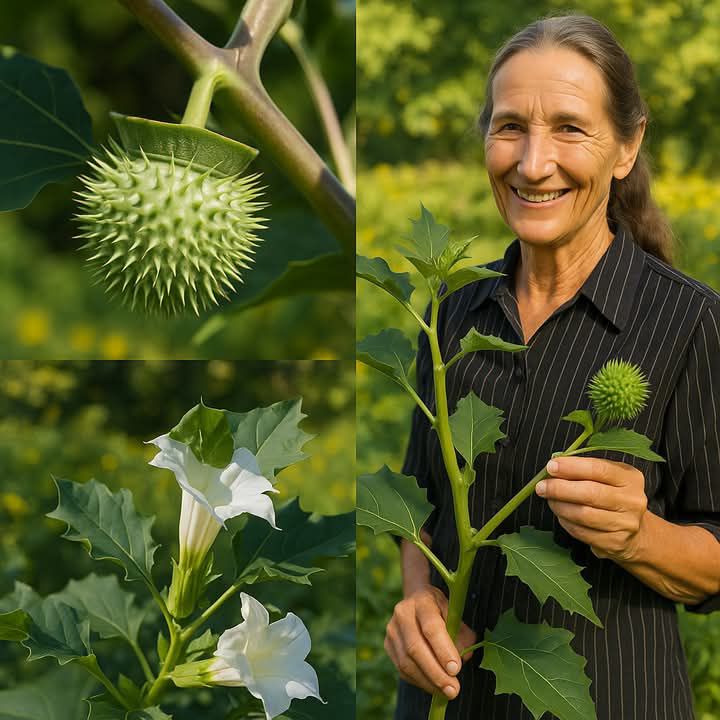ADVERTISEMENT
## 🛑 **The Plant: Beautiful… But Beware**
The plant in question varies depending on your region, but **some of the most commonly seen dangerous plants include**:
– **Oleander** – a flowering shrub often planted in gardens
– **Poison Hemlock** – looks like parsley or Queen Anne’s lace
– **Jimsonweed (Datura)** – known for trumpet-shaped flowers
– **Giant Hogweed** – resembles wild carrot but causes severe burns
– **Deadly Nightshade (Belladonna)** – beautiful berries, extremely toxic
Each of these plants **grows abundantly in many climates** and can be mistaken for edible or medicinal herbs by the untrained eye.
—
## ☠️ **The Dark Secret: Toxic Compounds**
Many of these plants contain **alkaloids, cardiac glycosides, or furanocoumarins**—chemicals that affect the nervous system, heart function, or skin.
### 🔬 Common dangers include:
– **Severe allergic reactions**
– **Paralysis**
– **Skin blistering from sunlight exposure**
– **Hallucinations**
– **Even death in high doses**
For example:
– **Oleander** can cause heart arrhythmias and is toxic even if just a few leaves are ingested.
– **Poison Hemlock** was famously used to execute Socrates.
– **Giant Hogweed** sap causes **photodermatitis**—a reaction with sunlight that can burn and scar skin for years.
—
## 🧠 **Why It Matters: Misidentification Can Be Deadly**
One of the biggest dangers is **confusing these plants with harmless look-alikes**. Foragers, gardeners, or curious children may mistake toxic plants for something edible or safe.
### ⚠️ For example:
– Poison Hemlock looks like wild carrots.
– Belladonna berries resemble cherries or blueberries.
– Jimsonweed has been brewed as “herbal tea” with dangerous consequences.
—
## 🔍 **How to Stay Safe**
1. **Learn to identify local toxic plants** – Many extension services or gardening clubs offer free guides or apps.
2. **Never consume wild plants** unless you’re 100% sure of their identity.
3. **Teach children** not to pick or taste wild berries or leaves.
4. **Wear gloves** when pulling or handling unknown plants.
5. **Wash your hands and clothes** after contact with suspicious plants.
—
## 🌼 **But Not All Is Evil…**
Interestingly, some of these plants have **medicinal uses in very controlled doses**. For instance:
– **Belladonna** has been used in eye drops and muscle relaxants.
– **Digitalis (from foxglove)** is used in heart medications.
However, these uses require **precise dosing** and **medical supervision**—never home experiments.
—
## 🌿 **Final Thoughts: Respect Nature’s Beauty and Power**
Nature is full of powerful gifts—but also powerful risks. The next time you see a beautiful but unfamiliar plant, remember: **not everything that grows wild is safe**. Some of the most toxic species are also the most beautiful—and the most widespread.
Educating yourself and others about these natural hazards is the best way to **admire from a distance** and avoid dangerous encounters.
—
Would you like a guide to identifying common toxic plants in your region or tips on safe foraging?
ADVERTISEMENT
